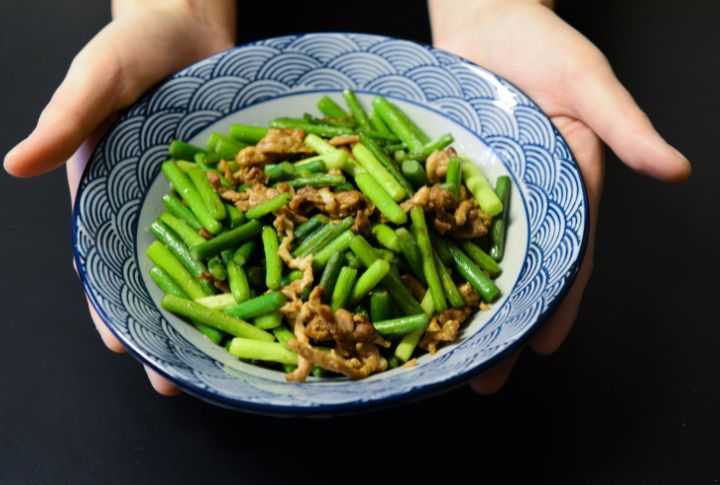
Thanksgiving traditions don’t disappear overnight—they just quietly fade between generations, swapped for shortcuts and new rituals. Some were delicious, others downright odd, but all told a story about the era that loved them. Ready to peek at the customs slipping off the table faster than cranberry sauce at dinner?
Serving Oysters In Stuffing Or As A Side Dish
Historically, early American Thanksgivings, especially along the coasts, featured oysters reflecting local abundance. The savory staple has faded because of rising costs and changing tastes. However, back in the 1800s, oysters were so common that everyone ate them, not just the wealthy, making them a unique holiday ingredient.
Chicken Pie As The Centerpiece Entree
Before the mighty turkey took over, a flaky, savory chicken pie was often the Thanksgiving star, popular in the 19th-century South and New England. Turkey became the national symbol of the holiday, pushed by cultural narratives and strong marketing. That classic main dish simply stepped aside for the iconic new bird.
Gelatin Mold Salads With Fruits And Vegetables
Mid-20th-century cooks loved wobbly gelatin molds filled with surprising combinations of fruits and vegetables, viewing them as modern convenience. Today, people prefer healthier, fresher seasonal produce over the strange, jiggly molds. Some vintage Thanksgiving recipes also included unlikely pairings like lime gelatin with shredded carrots.
Serving Geese Or Ducks Alongside Turkey
Early American feasts included a variety of wildfowl, such as ducks and geese, valued by European-heritage families for their dark, flavorful meat. Over time, the massive turkey became the absolute, singular centerpiece on the table. This shift pushed other delicious birds to the sidelines, making the turkey the sole holiday icon.
Prominent Celery Dishes, Raw Or Cooked

In the Victorian era, celery was a prominent side dish, often served raw as a relish or cooked in rich, creamy sauces. When convenience foods and casseroles became popular, the demand for traditional celery preparations dropped. However, wealthy families once displayed it as a luxury vegetable in ornate glass vases.
Mincemeat Pie Made With Actual Meat
The original mincemeat pie was a savory-sweet mix of beef or venison, dried fruits, and spices, and found favor in early America. Modern versions usually omit meat entirely, reflecting changing tastes and vegetarian preferences. Historically, meat was an effective way to preserve food without needing refrigeration during the winter.
Sending Handwritten Thanksgiving Postcards
People in the early 20th century had a lovely custom of sending handwritten postcards to wish loved ones a happy holiday. That thoughtful tradition disappeared with the rise of modern digital communication and greeting cards. Many of those vintage postcards even featured idealized images of Pilgrims and harvest scenes.
Family Pre-Dinner Football Games
Informal, backyard family football games were once a common, spirited way to build up a massive appetite before the big meal. This tradition is fading now as gatherings become smaller and people spend more time on screens or have conflicting schedules. But it was the friendly competition that brought families together before the feast.
Reciting The Story Of The First Thanksgiving
The story was widely popularized in the late 19th century as part of Americanization efforts. Yet, the practice of reciting the 1621 story of the Pilgrims and Wampanoag feast has become less common at family gatherings. Modern historical understanding is much more nuanced and critical of the simple, harmonious narrative.
Assigning Seats With Decorative Place Cards
Hosts in formal, affluent 19th and early 20th-century homes used decorative place cards to assign specific seating, establishing proper etiquette. Dining customs have since become much more casual, which means most families now allow guests to choose their own seats. These formalities simply don’t fit modern gatherings.

